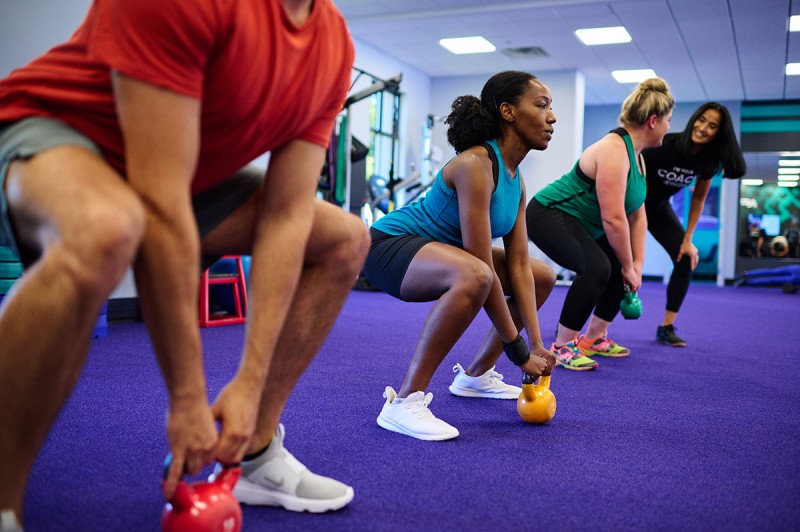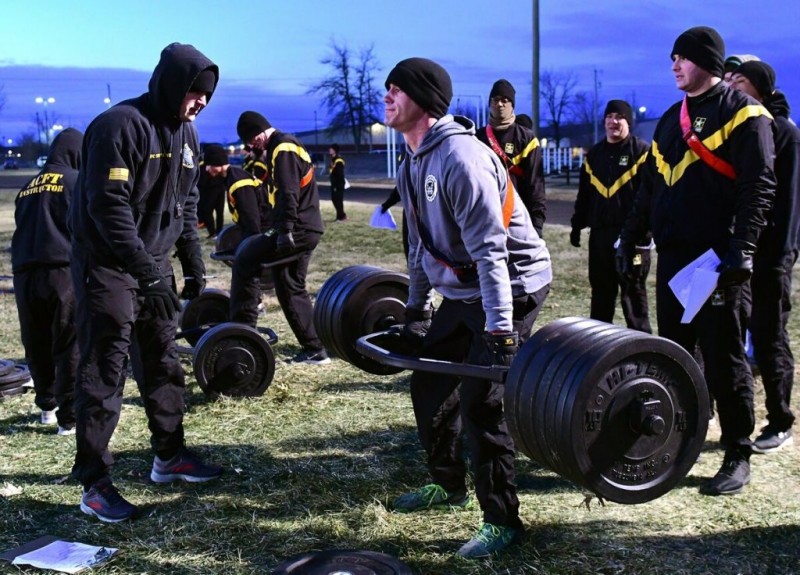With the rise in popularity of barefoot running, many fitness enthusiasts and athletes are exploring this ancient practice. However, there’s a growing concern about the potential for barefoot running injuries. In this article, we delve into scientific evidence surrounding this topic and provide insights to help you make informed decisions about your fitness regime.
The concept of barefoot running is not a new trend. It’s a practice that has been around for centuries, with humans running barefoot long before the invention of shoes. The idea gained traction in the 21st century, with proponents suggesting that running without shoes can improve foot mechanics and reduce injury risk. However, critics point to a lack of concrete evidence to substantiate these claims and warn that it may lead to a higher risk of foot injuries.
A 2023 study published in the Journal of Sports Medicine examined the impact of barefoot running on injury rates. The researchers found that while barefoot running could potentially improve foot mechanics and proprioception (awareness of body movement), it also increased the risk of injuries such as stress fractures, plantar fasciitis, and Achilles tendonitis. This is due to the increased strain on the foot’s bones and muscles, which are not accustomed to the impact of running without the cushioning provided by shoes.
Another study conducted in 2024 by the Institute of Athletic Health discovered that runners transitioning to barefoot running without proper training and adaptation were more likely to experience injuries. Therefore, it’s crucial to undergo a proper transition period, gradually increasing barefoot running distance and time to allow the body to adapt. A sudden change can shock the system and result in injuries.
Maintaining proper running form is also crucial when running barefoot. Many runners tend to land on the heel when running in shoes, but when barefoot, it’s recommended to land on the midfoot or forefoot. This can help absorb shock more efficiently and potentially reduce injury risk. However, changing running form can put new strains on different muscles and joints, so it’s important to make these changes gradually and under professional guidance.
While the evidence surrounding barefoot running injuries is still evolving, it’s clear that a cautious and well-planned approach is necessary for anyone considering this practice. Consult with a trained professional or a sports physician who can provide personalized advice based on your running style, fitness level, and overall health. Remember, irrespective of the running style you choose, the key to injury prevention is a well-rounded fitness regimen, which includes strength training, flexibility exercises, and adequate rest and recovery.
In conclusion, barefoot running can be a refreshing change and potentially beneficial for some, but it’s not without risks. Understanding these risks and preparing for them is the best way to ensure a safe and productive running experience. As the evidence continues to mount, it will become clearer how best to incorporate barefoot running into a balanced fitness routine.












 : eval()'d code(1) : eval()'d code(1) : eval()'d code(1) : eval()'d code</b> on line <b>2</b><br />
https://mindbodyfuell.com/wp-content/themes/baobao/default.jpg)
